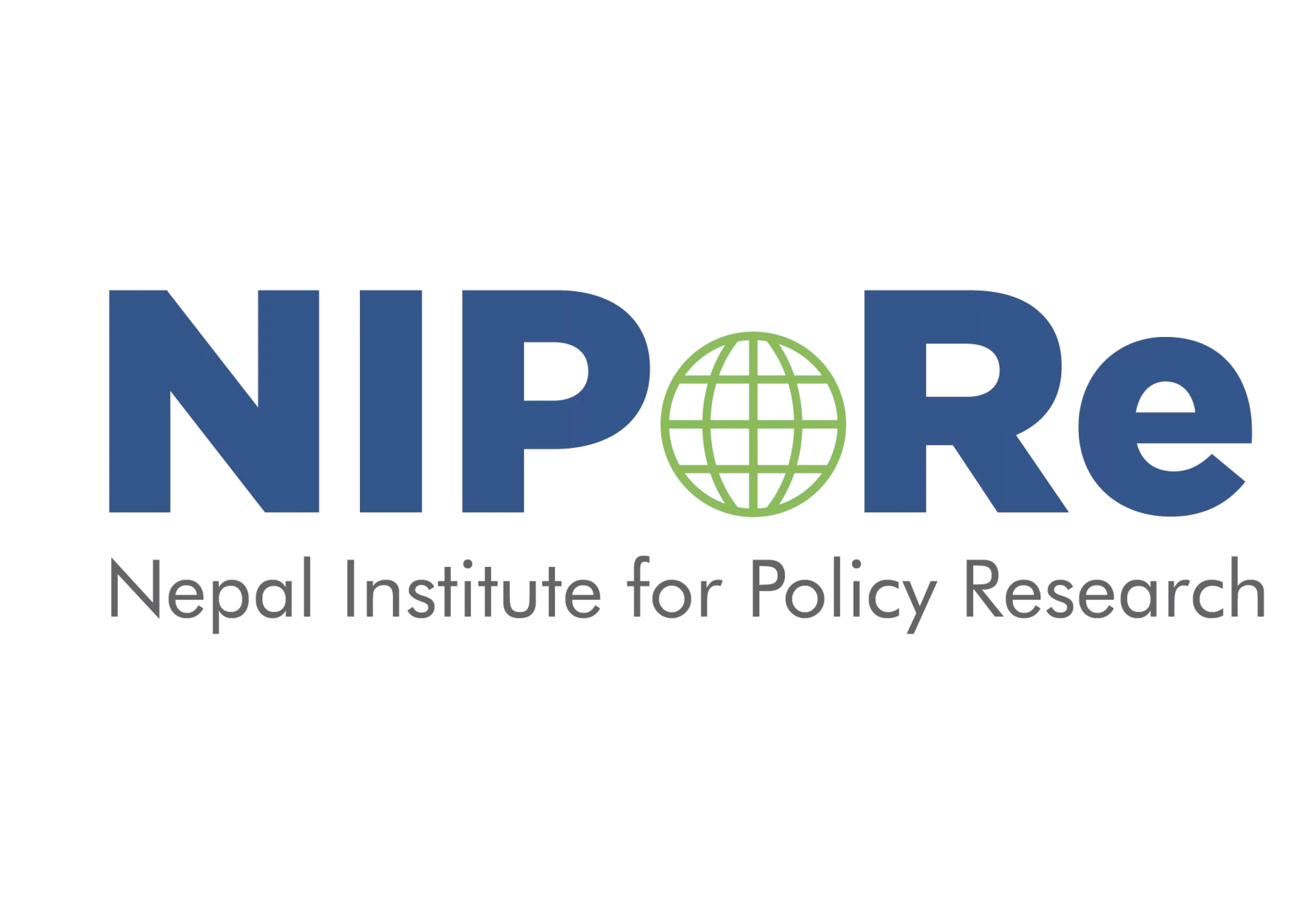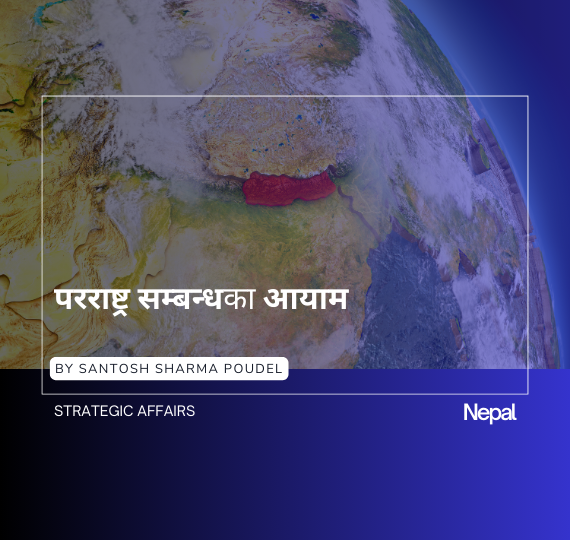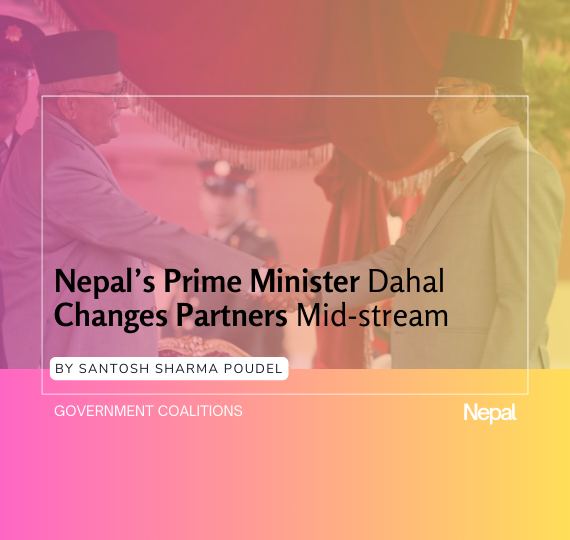The column originally appeared in The Kathmandu Post on 12 December 2022. Please read the original article here.
Violence against women (VAW)—a form of severe human rights violation—has remained pervasive around the world, leaving women and girls in distress and affecting their potential. The Declaration on the Elimination of Violence Against Women defines VAW as “any act of gender-based violence that results in, or is likely to result in, physical, sexual or psychological harm or suffering to women, including threats of such acts, coercion or arbitrary deprivation of liberty, whether occurring in public or in private life.”
Unequal power relations result in domination, which is also a manifestation of VAW. This is perceptible around us, be it on the streets or in Parliament. When women engage in politics as voters, activists, and lawmakers, they face a threat and subjugation, primarily because of their gender. Women politicians, though, have been defying norms that otherwise expect them to remain passive. But violence has often been used to reinforce political structure(s) favouring patriarchy and to suppress women politicians from voicing their opinions freely and independently.
In a 2018 study carried out by the inter-parliamentary union (IPU), 85.2 percent of the interviewed women members of the Parliaments in Europe reported having faced psychological violence in Parliament. From Marielle Franco of Brazil, who was known to be a fierce activist, to Angiza Shinwari of Afghanistan, who constantly defended women’s rights, many women politicians have even had to lose their lives when they voiced against gender-based injustices. Women in politics across all borders and in all countries face similar risks and fears as they question the status quo.
What women politicians face around the globe and also in Nepal is a reflection of the wider gender discrimination that occurs across social, cultural, and economic fronts. A study conducted in India, Nepal, and Pakistan on “Violence Against Women in Politics” identified sexual favour, character assassination, verbal harassment, threats, and emotional blackmail as violence against women politicians. Such acts have taken new forms through new means in recent decades, including cases involving harassment by total strangers on social media platforms. An Analysis of Gender Violence in Social Media Against Women in Politics in Nepal found that the most common attacks on women politicians were insults and hate speech.
Ensure legal protection
We have long pushed for the political participation of women in our democracies. However, where we have failed time and again is at ensuring mechanisms in place for their security in political spaces. Our patriarchal political systems are resistant to change and violent, when challenged. And when women do so to demand equal participation, they face violence risks.
The first step towards fighting violence against women in politics is identifying and acknowledging them. This can be done by either expanding our existing laws or pushing new legislation(s). In 2012, Bolivia approved a “Law against Harassment and Political Violence against Women” to criminalise any such acts that threaten the political participation of women and their access to decision-making spaces. The Convention on the Elimination of All Forms of Discrimination Against Women (CEDAW)—also considered the International Bill of Rights for Women—obliges countries to take such needed “measures to eliminate discrimination against women in the political and public life.” This should entail the right of women to vote in elections, be eligible to be elected in elections, hold public offices, and contribute to formulating government policies. In Nepal, the Sexual Harassment at Workplace (Prevention) Act, 2014, does include government bodies within the definition of the workplace and has made such acts liable to punishment. Besides that, there is an absence of incorporation of the concept of violence against women in politics and also legislation that specifically covers all aspects of VAW.
Activism against VAW in politics
Feminist movements have been playing significant roles in advancing the rights of women and girls. Activism is one of the pathways forward to combat violence women face in political engagements. It works to ensure attention and initiate discourse on violence in the political sphere against women, a matter often denied. At the same time, activism can exert influence to build seriousness and even determine what institutional and legal reforms should look like. In France, for example, a hashtag movement called #levonslomerta (end the silence) was initiated by activists and politicians demanding actions to end VAW within political organisations. Such initiatives are needed to build public opinion and, more importantly, solidarity against normalised behaviours that risk women in politics.
A large force of women, 41.21 percent, are already in local governments, and many will soon join the Parliament and assemblies of the country. It becomes the responsibility of the incoming government, political parties, civil society, and elected representatives to collectively ensure that the government bodies and political spaces of Nepal are safe and have zero tolerance for VAW in politics. It also requires the combined effort of activism and reform, along with gender sensitisation at all levels.
Because the patriarchal values of our society continue to define power relations and gender roles, they undermine the position of women in power. VAW in politics differs from political violence as it is more sexualised, used to preserve the status quo and deter political engagement of women. This is even more worrisome for those with intersecting identities who are at greater risk of facing axes of discrimination and violence. The fear of violence limits the possible political activeness of women and creates hurdles for those already in the political arena to make their best contribution.
We should, therefore, realise how a threat to women in politics is, largely, a threat to our entire democracy. Or else, every time the legitimacy of women in politics is questioned, it will simultaneously raise questions on the progress that we claim to have made in terms of their political participation.




